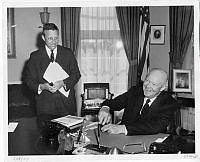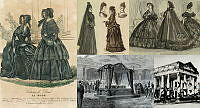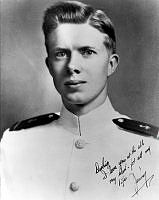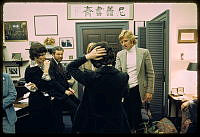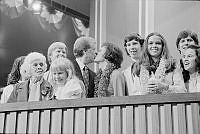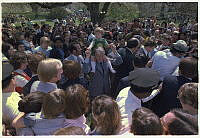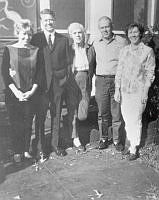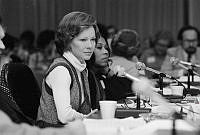Presidents on Horseback
Copyright © White House Historical Association. All rights reserved under international copyright conventions. No part of this article may be reproduced or utilized in any form or by any means, electronic or mechanical, including photocopying, recording, or by any information storage and retrieval system, without permission in writing from the publisher. Requests for reprint permissions should be addressed to books@whha.org
Military heroes who risked their lives in devotion to the nation have long been attractive presidential candidates. The image of a uniformed officer on a warhorse was a powerful symbol of leadership and executive ability. Presidents depicted in equestrian art include military heroes such as George Washington, Andrew Jackson, William Henry Harrison, Zachary Taylor, Franklin Pierce, Ulysses S. Grant, Rutherford B. Hayes, James A. Garfield, and Benjamin Harrison. Warhorses like Taylor’s Old Whitey and Grant’s Egypt and Cincinnati enjoyed honored retirement at the White House.
With the invention of photography and the popularity of illustrated magazines and newspapers in the late nineteenth century, images of the presidents posed on horseback became a staple for photojournalists. Pictures of the chief executive and their families on horseback became a familiar subject for posed photographs. President and first ladies regularly rode horses for exercise and relaxation in public both in the city parks of Washington, D.C., and on vacation. This practice changed after World War II transformed security procedures.
President Zachary Taylor's Old Whitey
"A familiar figure around the White House and evidently a privileged character was the General [President Taylor's] favorite warhorse, which has borne him through many battles [in the 1850s]. 'Old Whitey' is a compact, hardy, well-proportioned animal, less of a battle-steed in appearance, than of the style usually defined by the phrase 'family horse,' slightly knock-kneed, and with a tail (I afterwards learned) very much thinned by the numerous applications for a hair of 'him for memory' ... But remembering the beatings of the great heart he had borne upon his back - the anxieties, the energies, the defiances of danger, the iron impulses to danger, it was impossible to look upon him without a throb in the throat ..." N.P. Willis in Esther Singleton, The Story of the White House, 1907.
![This depiction of Washington on a white charger epitomizes the military hero on horseback. George Washington [Equestrian]](https://d1y822qhq55g6.cloudfront.net/default/_smallImage/white-house-horses-05-01.jpg)
This depiction of Washington on a white charger epitomizes the military hero on horseback. George Washington [Equestrian], oil on canvas, attributed to Rembrandt Peale, c. 1859.

Franklin Pierce, on horseback, in a Mexican War battle scene with Chapultapec castle and Popocatépetl volcano, in the background, engraved, c. 1852.

"Come on Boys!" General Benjamin Harrison at the Battle of Resaca, Georgia, 1864.

Abraham Lincoln returning to Springfield after the close of the campaign with Senator Stephen A. Douglas in 1858.

President William H. Taft with his children, Charlie and Helen, just north of the White House stable before an afternoon ride in the Washington city parks, c. 1909.

President Calvin Coolidge enjoyed horseback riding for exercise, and to save time acquired an electric horse for the White House with two variable gaits, "trot" and "gallop."

The Franklin D. Roosevelts and friends start a trail ride at the "Little White House" in Warm Springs, Georgia, in 1938. President Roosevelt continued to ride despite the paralysis in his legs.
PHOTOGRAPH BY BRUCE WHITE FOR THE WHITE HOUSE HISTORICAL ASSOCIATION
Zachary Taylor and "Old Whitey," lithograph by C.J. Pollard, 1848.
PHOTOGRAPH BY BRUCE WHITE FOR THE WHITE HOUSE HISTORICAL ASSOCIATION













